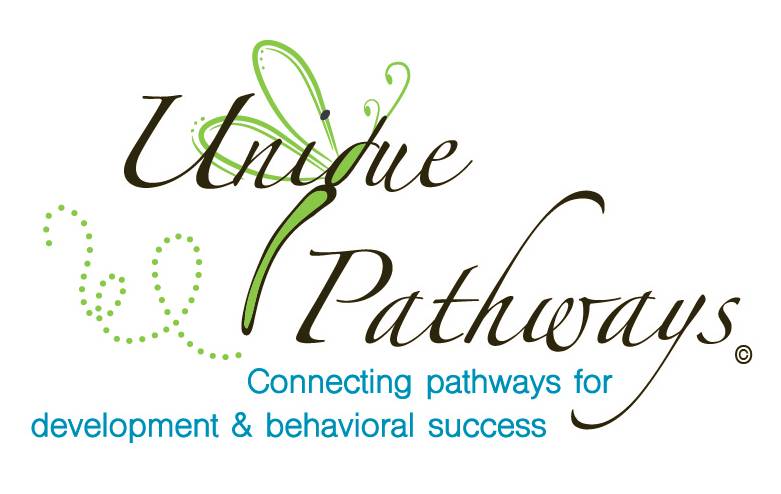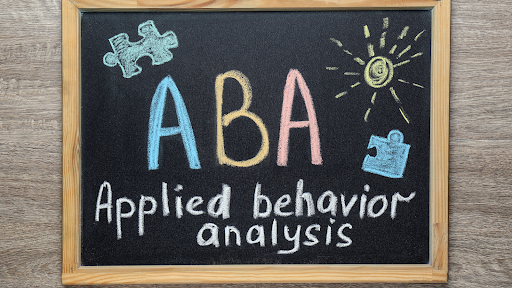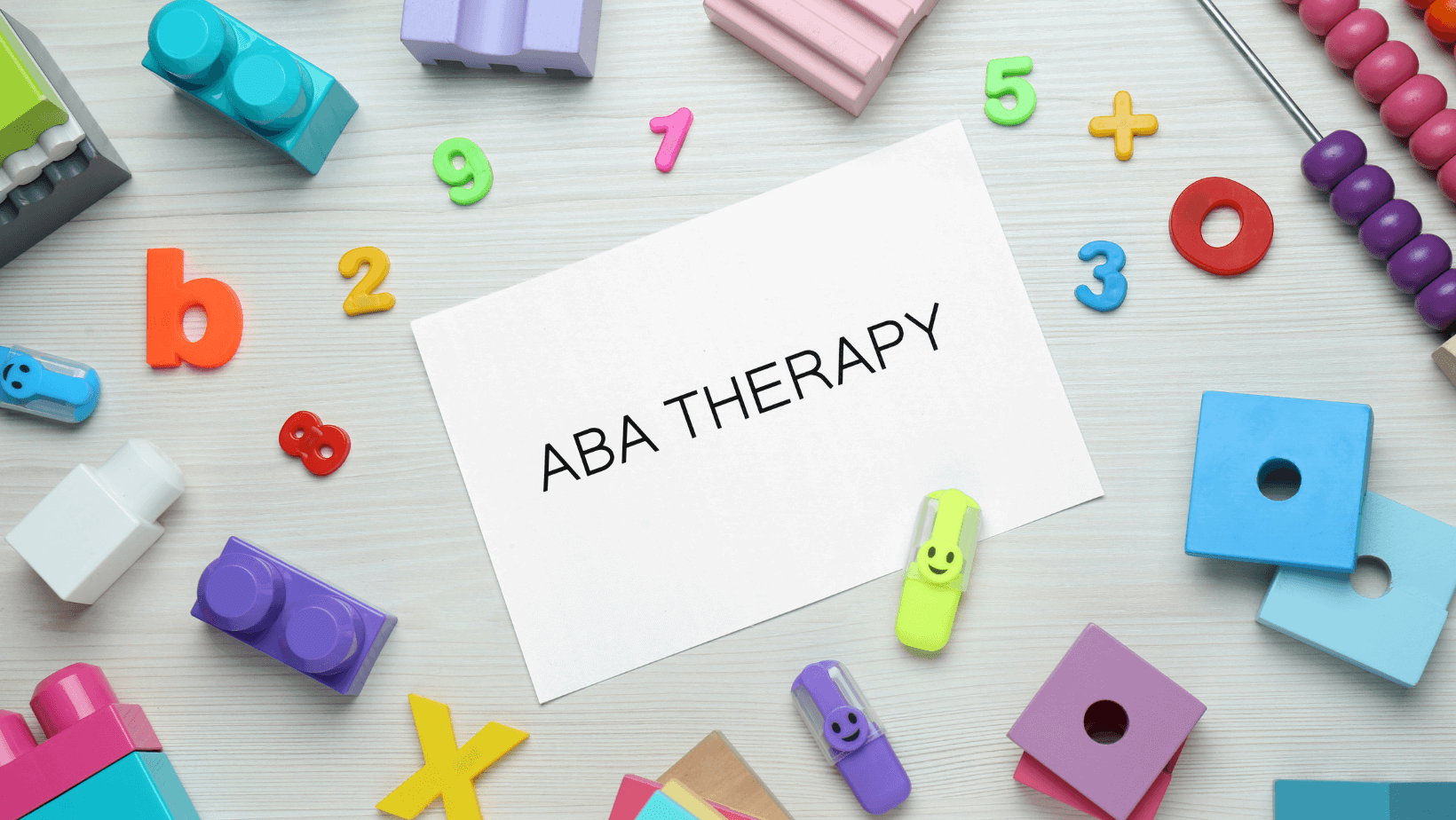Applied Behavior Analysis (ABA) therapy is a scientific approach aimed at understanding and improving human behavior, with a specific focus on observable actions and the impact of the environment. This approach is especially significant in childhood development as these early years are critical for cognitive, emotional, and social growth. Recognizing and harnessing the power of ABA therapy can lead to transformative outcomes, setting the foundation for a fulfilling life.
Basics of Childhood Development
Childhood development is a complex journey marked by various milestones and benchmarks that signal progress in language, social-emotional development, and physical coordination. These developmental stages are crucial as they form the building blocks for future learning and behavior.
The journey, however, is not just a natural unfolding of events but is significantly influenced by factors such as genetics, parental involvement, environment, early childhood education, and each child’s unique experiences. Understanding these elements is key to supporting a child’s growth effectively.
Understanding ABA Therapy
At the heart of Applied Behavior Analysis therapy is the commitment to enhancing positive behaviors and replacing maladaptive behavior to provide success and independence through a structured and individualized approach. Applied Behavior Analysis stands out for its meticulous, data-driven methods, allowing Case Supervisor to tailor interventions to each child’s unique needs and monitor progress closely.
By focusing on the practical application of these techniques, ABA therapy plays a pivotal role in supporting and accelerating child development, addressing challenges, and nurturing potential.
Explore our ABA Services today!
Autism Spectrum Disorder and ABA
The relationship between Autism Spectrum Disorder (ASD) and child development is a significant one. ASD is a developmental disorder that affects communication, behavior, and social interaction, presenting unique challenges in a child’s growth trajectory.
Applied Behavior Analysis (ABA) therapy is crucial in addressing these developmental delays and challenges. ABA’s tailored approach to autism involves understanding each child’s specific needs and behaviors and applying targeted strategies to help them develop essential skills. This individualized method is particularly effective in helping children with autism navigate their unique developmental paths, fostering progress in areas that the disorder might otherwise hinder.
Benefits of ABA Therapy
The benefits of ABA Therapy extend far beyond the immediate behavioral improvements. In terms of cognitive development, ABA interventions are instrumental in enhancing attention, executive functioning, and academic skills. By breaking down complex tasks into manageable steps, ABA helps children grasp concepts more effectively, promoting intellectual growth.
Socially and emotionally, ABA therapy is transformative. It equips children with the tools to understand social cues, engage in meaningful interactions, build relationships, promote self-advocacy and independence. Additionally, ABA strategies aid in emotional regulation, helping children to recognize, understand, and appropriately express their emotions. Skills such as these, are crucial not only in childhood but also as foundational elements for success and well-being in adult life.
A Day in ABA Therapy
A day in the life of a child undergoing ABA therapy is both structured and dynamic. Sessions typically begin with a review of the targeted goals, ensuring that each session aligns with the child’s specific learning style. Sessions may include a variety of evidence-based techniques, such as discrete trial training, natural environment teaching, and play-based interventions, all aimed at reinforcing desired behaviors and skills.
BCBAs continuously monitor the child’s responses and engagement, making real-time adjustments to maximize effectiveness. Beyond structured activities, ABA therapy also incorporates elements of play and exploration, fostering a love for learning and curiosity. This balanced approach enhances the child’s developmental progress and ensures that therapy remains a positive, engaging experience.
Evidence-Based Practices
The scientific validity of Applied Behavior Analysis (ABA) is well-established, making it a cornerstone in childhood development therapy. Rooted in decades of research, ABA’s methodologies are continuously refined through rigorous scientific studies, ensuring their effectiveness in enhancing developmental outcomes. This empirical basis sets ABA apart, providing a reliable framework for addressing various developmental challenges. Success stories and testimonials from families and professionals further underscore its impact. These narratives often highlight remarkable progress in communication, social skills, and behavioral regulation, offering real-world confirmation of ABA’s transformative potential.
Challenges in Childhood Development
Identifying developmental delays is a critical step in ensuring timely and effective intervention. These delays can manifest in various forms, such as difficulties in speech, motor skills, social interaction, or cognitive functions. ABA plays a pivotal role in overcoming these challenges. By employing a data-driven approach, ABA therapists can pinpoint specific areas of difficulty and implement targeted interventions. This tailored strategy is essential in addressing each child’s unique needs, helping them bridge developmental gaps and achieve their full potential.
Integrating ABA into Daily Life
Integrating ABA into daily life requires active parental involvement. The child’s parents are essential partners in the therapeutic process, often continuing ABA strategies at home to reinforce learning and progress. Coaching and guidance from a board certified behavior analyst (BCBA) empower parents to effectively apply ABA principles in everyday contexts, turning routine activities into opportunities for development.
Additionally, implementing consistent strategies for progress is crucial. This includes establishing routines, using consistent reinforcement techniques, and continually monitoring and adjusting strategies based on the child’s evolving needs. Such integration ensures that ABA therapy extends beyond clinical settings, embedding growth and learning into the fabric of daily life.

ABA’s Impact on Communication Skills
Applied Behavior Analysis (ABA) profoundly impacts communication skills, particularly in language development and social communication. For many children, especially those with developmental disorders such as autism, ABA serves as a bridge to language acquisition. ABA therapists help children develop basic verbal skills,communicate needs and wants, and expand vocabulary through tailored exercises and reinforcement strategies.
Beyond mere words, Applied Behavior Analysis also significantly enhances social-emotional communication. This involves teaching the nuances of non-verbal cues, turn-taking in conversations, advocating for oneself, and understanding and expressing emotions in social settings. These skills are crucial for effective interaction and integration into social environments.
Tailoring ABA for Different Age Groups
Early Childhood
In early childhood, Applied Behavior Analysis therapy establishes foundational skills such as basic language, social interaction, and early learning behaviors. At this stage, therapy is often play-based, using a child’s interests, natural curiosity and learning through play. The goal is to create a positive learning environment where foundational skills can be developed in an engaging and appropriate way for young learners.
Adolescence
During adolescence, ABA therapy shifts to address more complex social and behavioral challenges that emerge during these years. The focus is often on social skills, such as understanding complex social dynamics, developing empathy, and achieving the target behavior in different social settings. Applied Behavior Analysis for adolescents also often includes strategies for coping with stress, managing emotions, and building self-esteem, which are critical during the teenage years.
Adult
For adults, ABA therapy is tailored to promote independence and quality of life. The focus might be on vocational skills, independent living skills, self care and community integration. ABA strategies for adults often include learning how to navigate public transportation, manage finances, maintain employment, and develop meaningful relationships. This stage of ABA therapy aims to provide adults with the skills they need to live as independently as possible and engage fully in their communities.
Embracing Diversity in ABA Therapy: The Unique Pathways Difference



At Unique Pathways, we extend the benefits of ABA therapy beyond traditional boundaries. Our approach is inclusive, catering to a wide range of developmental needs, not limited to ASD.
Inclusive Therapy for All Ages: We welcome clients between ages 2-22, focusing on aligning our therapy with each individual’s developmental stage. By opening our doors to older clients as well, we believe in the potential for growth and development at any age. This method ensures effective and personalized care for every client.
Beyond Autism: We challenge the norm by offering our services to those without an ASD diagnosis, recognizing the versatility of ABA therapy. Through our unique pay options, we make our services accessible to individuals with various developmental differences, not just those diagnosed with ASD. This policy underscores our belief in the universal benefits of ABA therapy.
A Non-Clinical, Welcoming Environment: We take pride in the non-clinical nature of our facilities. At Unique Pathways, we’ve created an environment that is warm, welcoming and comfortable, not just for our clients but for their families as well. This atmosphere fosters a positive and conducive setting for learning and development.
Parent Coaching and Collaboration: We believe in a transparent and hands-on approach when walking alongside our parents. Coaching occurs weekly to ensure our team and parents are working together to achieve success. We believe parents are the experts when it comes to their child; we are here to walk alongside and mentor them during their journey.
Conclusion
Applied Behavior Analysis (ABA) is a crucial and flexible approach to supporting developmental growth, especially for those with Autism Spectrum Disorder. Its evidence-based methods have proven effective in enhancing communication skills, social interaction, and independence across various life stages, from early childhood to adulthood.
ABA’s unique strength lies in its adaptability and the collaborative involvement of families and therapists. This partnership ensures that ABA’s benefits extend into daily life, fostering consistent and meaningful progress. Ultimately, ABA is not just a therapeutic approach but a journey towards unlocking individual potential, demonstrating its transformative impact on lives across the age spectrum.









